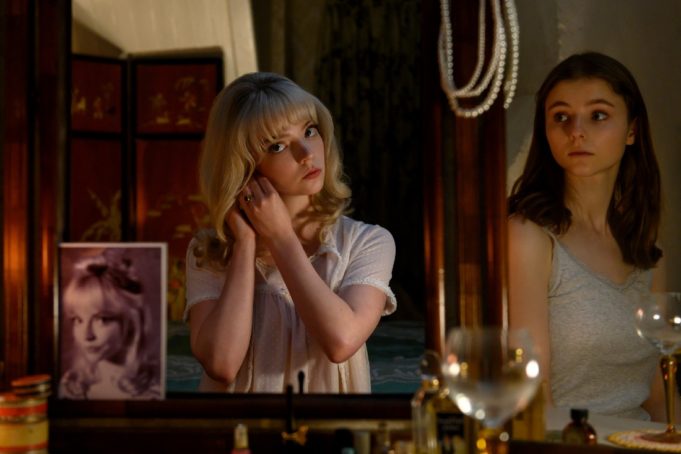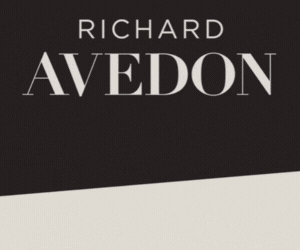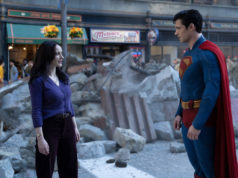They were chary with the details about Last Night in Soho leading up to its 2020 planned release and then again before this week. I didn’t know what to expect, but I certainly didn’t expect a female acid head trip on the order of Black Swan and Saint Maud. While I don’t think Edgar Wright’s latest is on the level of those two, it is a 1960s British horror film starring two of today’s most exciting young actresses. Unlike Wright’s other films, it feels trashy and disreputable, like it should be watched at a midnight showing at a run-down theater. To which I can only say: Groovy, baby!
The story is set in the present day, when Eloise Turner (Thomasin McKenzie) is a Carnaby Street-obsessed fashion student in rural Cornwall who’s accepted to her dream school, the London College of Fashion. She quickly moves out of the dorm when her roommate (Synnøve Karlsen) turns out to be a mean girl who makes fun of her Mum’s suicide, and she finds lodging in an upstairs room with an ancient landlady (Diana Rigg). The peace and quiet there is interrupted by Ellie’s exceptionally detailed dreams about Sandie (Anya Taylor-Joy), who lives in Soho in the late 1960s and hooks up with a manager named Jack (Matt Smith) who promises to help her become a singer. Well before Ellie sees Jack stab Sandie to death in her bed, she becomes afraid to sleep, which does no good because Sandie starts appearing to her during waking hours. Should she solve the murder or seek psychiatric help?
Maybe you saw the wildly talented New Zealander McKenzie in Jojo Rabbit or Old or her phenomenal performance in Leave No Trace. Her accent may be shaky (Cornish is rather particular as English accents go), but she is pitiable as she begs people around her not to think she’s crazy while suspecting all the while that her mother’s mental illness is coming for her. She captures that particular loneliness one feels being at university away from home for the first time, and then turns menacing as her psychotic delusions lead her to go after that ex-roommate with her scissors. McKenzie is so strong that she holds the center against Taylor-Joy, who is excellent as Sandie’s youthful optimism and confidence give way to ruined bitterness after Jack pimps her out to a string of disgusting older men. Both of these actresses show off their dancing skills, as the film has more dance numbers (choreographed by Jennifer White) than your typical horror movie.
One of those is the first dream sequence, where the film explodes into life. Not only does Wright re-create London’s entertainment district in the Swinging Sixties, he also pulls off a scene where Jack dances alternately with Sandie and Eloise in a nightclub that makes you wonder how they filmed that. Elsewhere, Ellie sees Sandie’s reflection staring back at her in mirrors or becomes Sandie’s reflection in flashbacks, resulting in intricate shots that display Wright’s technical skill. The director loves his movie references, and he gleefully evokes Georgy Girl, Darling, Blow-Up, and other classics of the British New Wave. Later on, he also imitates the lush look of Hammer Studios’ horror films as well as the seediness of that all-time great serial killer flick, Peeping Tom. Besides the late Rigg (to whom the film is dedicated), Wright also casts other 1960s UK screen icons like Rita Tushingham as Ellie’s concerned Gran and Terence Stamp as an old bloke creeping around the Soho pubs.
Like Wes Anderson, Edgar Wright makes films that are identifiably his, but collaborates with writers who color his approach. Simon Pegg provided the anarchic energy and pop culture-fied wit of the Cornetto trilogy, while Michael Bacall helped him with the North American milieu of Scott Pilgrim vs. the World and Baby Driver. This is Wright’s first script written with a woman, namely Krysty Wilson-Cairns, who also penned 1917. It was probably essential to engage a woman for help with his first movie with a female main character. Likely she’s the reason why the film tracks how Sandie is destroyed — not exactly as depicted in Ellie’s vision — by men who prey on her dreams of stardom. It fits that Ellie’s first interaction in London is with a cabdriver (Colin Mace) who grossly hits on her. Then, too, her increasing paranoia extends to men who aren’t predators, like the fellow student (Michael Ajao) who takes a fancy to her. This is a study of rape culture that deals in ghosts and hallucinations brought on by trauma, and even with a climax that’s too drawn-out, it’s a vast improvement over the numbing literalism of something like The Last Duel. That’s how Last Night in Soho becomes like its main character’s designs: retro chic.
Last Night in Soho
Starring Thomasin McKenzie and Anya Taylor-Joy. Directed by Edgar Wright. Written by Edgar Wright and Krysty Wilson-Cairns. Rated R.












